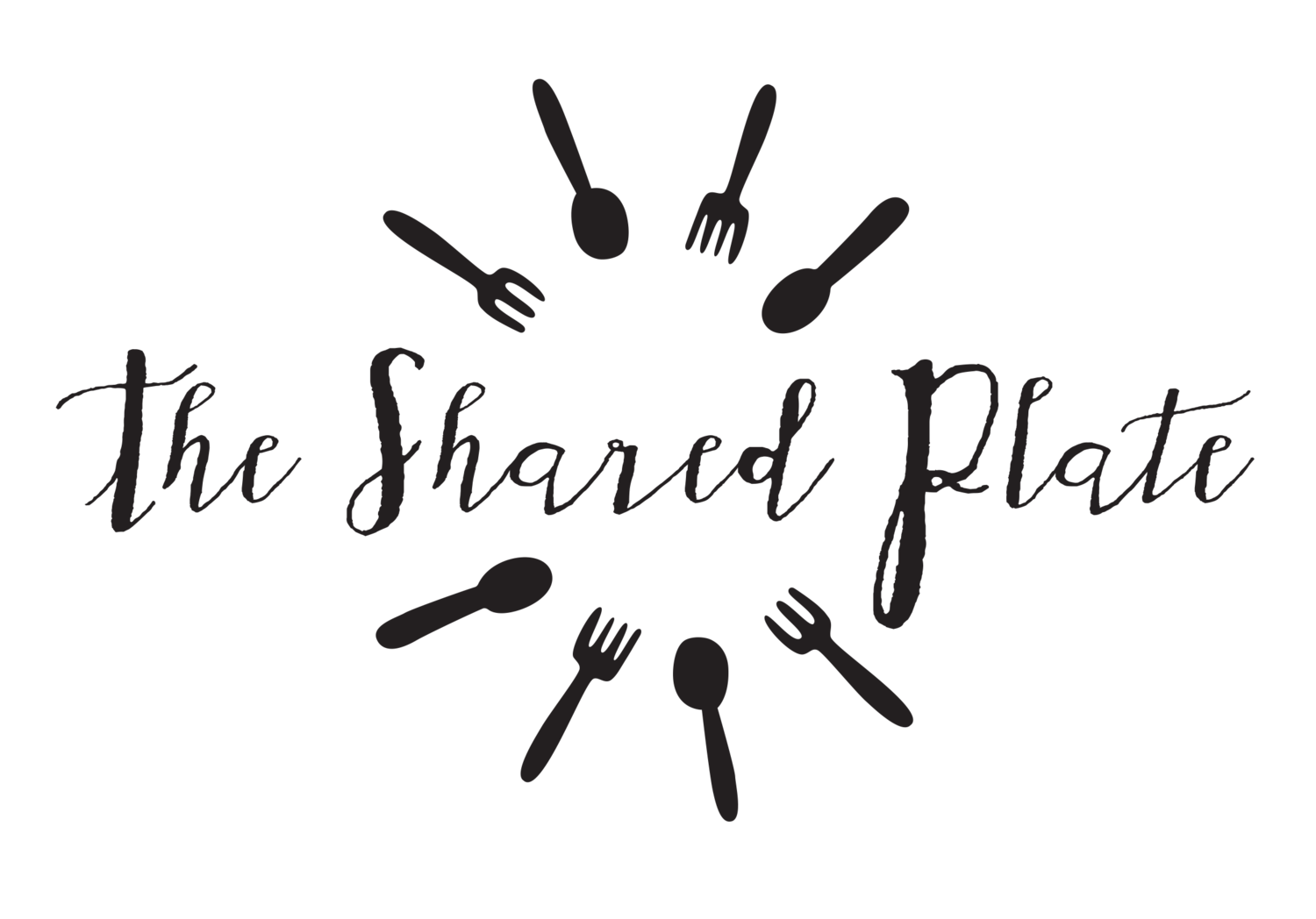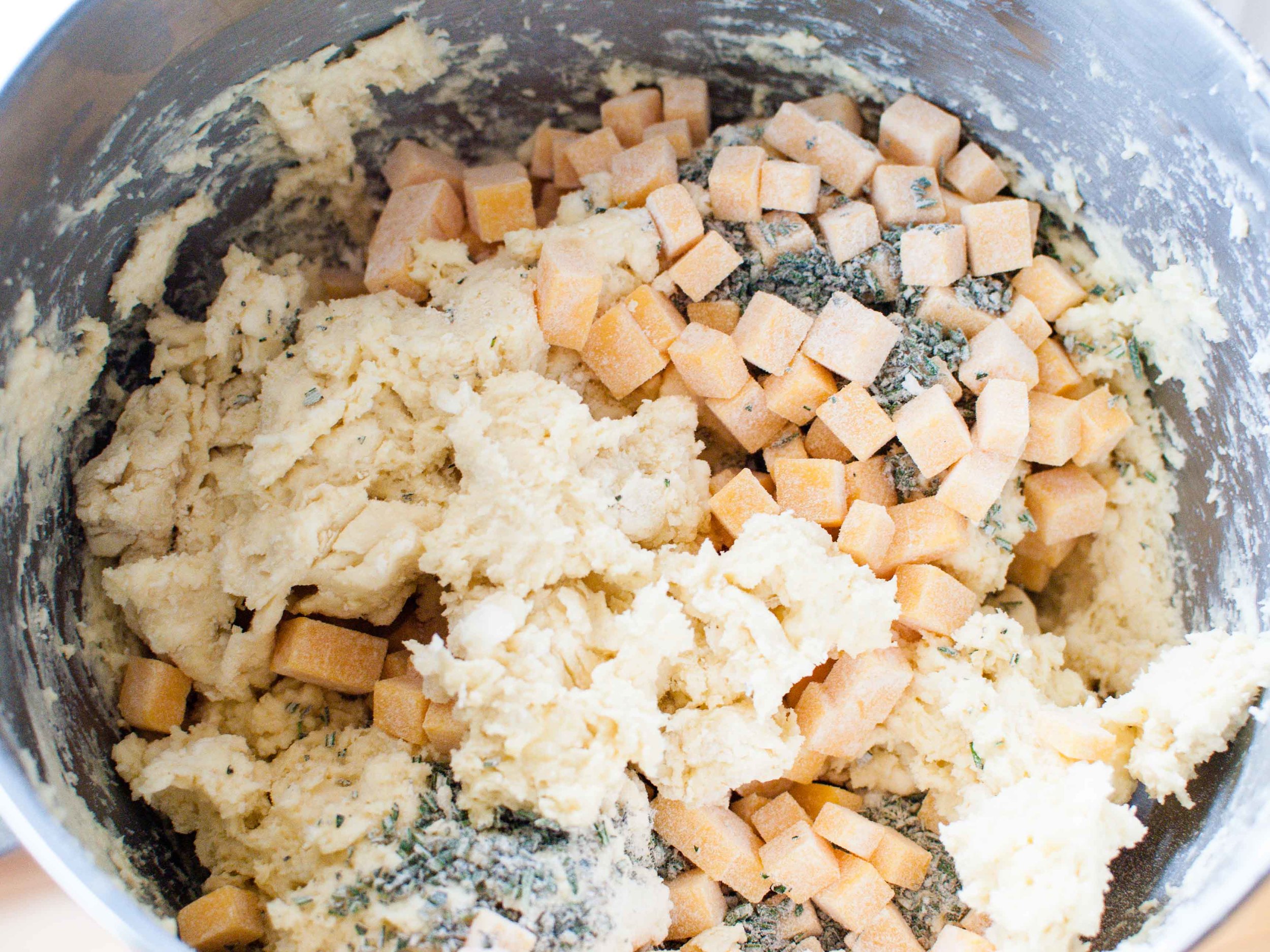The first time I ever made these scones was in the year 2000, and I was still in college. I had just purchased Ina Garten's The Barefoot Contessa Cookbook on a whim because the full-page color photos called to me at the bookstore (this was before everyone bought everything on Amazon). I saw her "Maple-Oatmeal Scones" and immediately needed to bake them. Like right that moment. I had a big midterm paper due the next day, but I needed a study snack, right?! Yes. I really, really needed these scones. I had never made scones before - it was a bit daunting. I imagined hard, brown stones coming out of the oven, but the photo of the scones was so enticing, that I just had to try. They were not dry - instead, these Maple-Oat Scones were a tender, small miracle. They are at once earthy and decadent - the oats and whole-wheat flour provide extra "health", texture, and flavor; but the butter and maple syrup ensure that these scones are still an indulgent treat. The addition of coarse salt sprinkled on top balances out the sweet maple glaze. In good faith, I've tried baking other maple-oat scone recipes or sampling them at bakeries, but these are still the best ones that I've found. And for the record, they were also the perfect study snack: it helped me score a big fat "A" on that English midterm.
Notes: This recipe is an old, tried and true friend from my early days of cooking. Ina Garten's The Barefoot Contessa Cookbook was one of my early cookbook muses, with her easy-to-follow recipes, bright enthusiasm, and beautiful, large photos that convinced me that I could and needed to cook each recipe. The original recipe called for a sprinkle of raw oats on top for garnish, but I like the update of a sprinkling of coarse salt instead. The salty-sweet craze is one of my favorite food fads that I'm willing to embrace whole-heartedly, and it works perfectly with these scones!
I rarely have buttermilk just hanging out in the fridge, so I substitute with a mix of milk and vinegar. Stir 2 teaspoons of white vinegar or lemon juice into 1/2 cup of milk (or 1 tablespoon vinegar and 1 cup milk) and let sit for a minute or two, until slightly thickened. Voila - "buttermilk" for use in baked goods and pancakes!
Lastly, this recipe makes a lot of scones. Ina's original recipe suggest 14 (very) large scones, but I find that it makes more like 20 medium scones. I have adjusted the baking time for the smaller size, but if you want to make mini scones, reduce the baking time by a few minutes, or if making the large size, add a few minutes. The fully baked scones (without the glaze) can be cooled to room temperature and frozen. Reheat frozen scones in a 350 degree Fahrenheit oven for 8-10 minutes (mini scones may only need 5-8 minutes). Unbaked scones can also be frozen - place on a baking sheet and freeze until solid (about 1 hour). Transfer to an airtight container to store in the freezer. To bake, pop as many frozen scones as needed onto a baking sheet and add an extra 5 minutes or so to the baking time. Don't forget to glaze them after they come out of the oven!
Read More: The Shared Scones
Time: 1 hour
Yield: About 20 scones
For the Scones:
3 1/2 cups all-purpose flour
1 cup whole-wheat flour
1 cup quick-cooking oats
2 tablespoons baking powder
2 tablespoons granulated sugar
2 teaspoons salt
1 pound cold unsalted butter, diced
1/2 cup cold buttermilk
1/2 cup pure maple syrup (preferably grade B)
4 eggs, lightly beaten
1 egg beaten with 1 tablespoon milk or water, for egg wash
Maple Glaze (see recipe below)
Coarse salt for sprinkling on top (such as Fleur de Sel, Sel Gris, or Coarse Sea Salt)
Preheat the oven to 400 degrees F.
In the bowl of an electric mixer fitted with a paddle attachment, combine the flours, oats, baking powder, sugar and salt.
Blend the cold butter in at the lowest speed and mix until the butter is in pea-size pieces.
Combine the buttermilk, maple syrup and eggs and add quickly to the flour-and-butter mixture. Mix until just blended. The dough will be sticky.
Dump the dough out onto a well-floured surface and be sure it is combined. Flour your hands and a rolling pin and roll the dough 3/4 to 1 inch thick. You should see lumps of butter in the dough.
Cut into 3-inch rounds with a plain or fluted cutter and place on a baking sheet lined with parchment paper.
Brush the tops with egg wash. Bake for 15 to 20 minutes, until the tops are crisp and the insides are done.
When the scones are done, cool for 5 minutes and drizzle each scone with 1 tablespoon of the Maple Glaze (recipe below). Sprinkle a bit of coarse salt on the top, for garnish. The warmer the scones are when you glaze them, the thinner the glaze will be.
Maple Glaze
1 1/4 cups confectioners' sugar
1/2 cup pure maple syrup (preferably grade B)
1 teaspoon pure vanilla extract
To make the glaze, combine the confectioners' sugar, maple syrup and vanilla.

















